The grand plan to re-seed the Cotswolds with endless carpets of wildflowers
Wildflower meadows were once abundant in the Cotswolds, making up 40% of its landscape. Today, it's around 1.5% — but an ambitious new plan to turn things around is in place. Nicky Lowe finds out more.
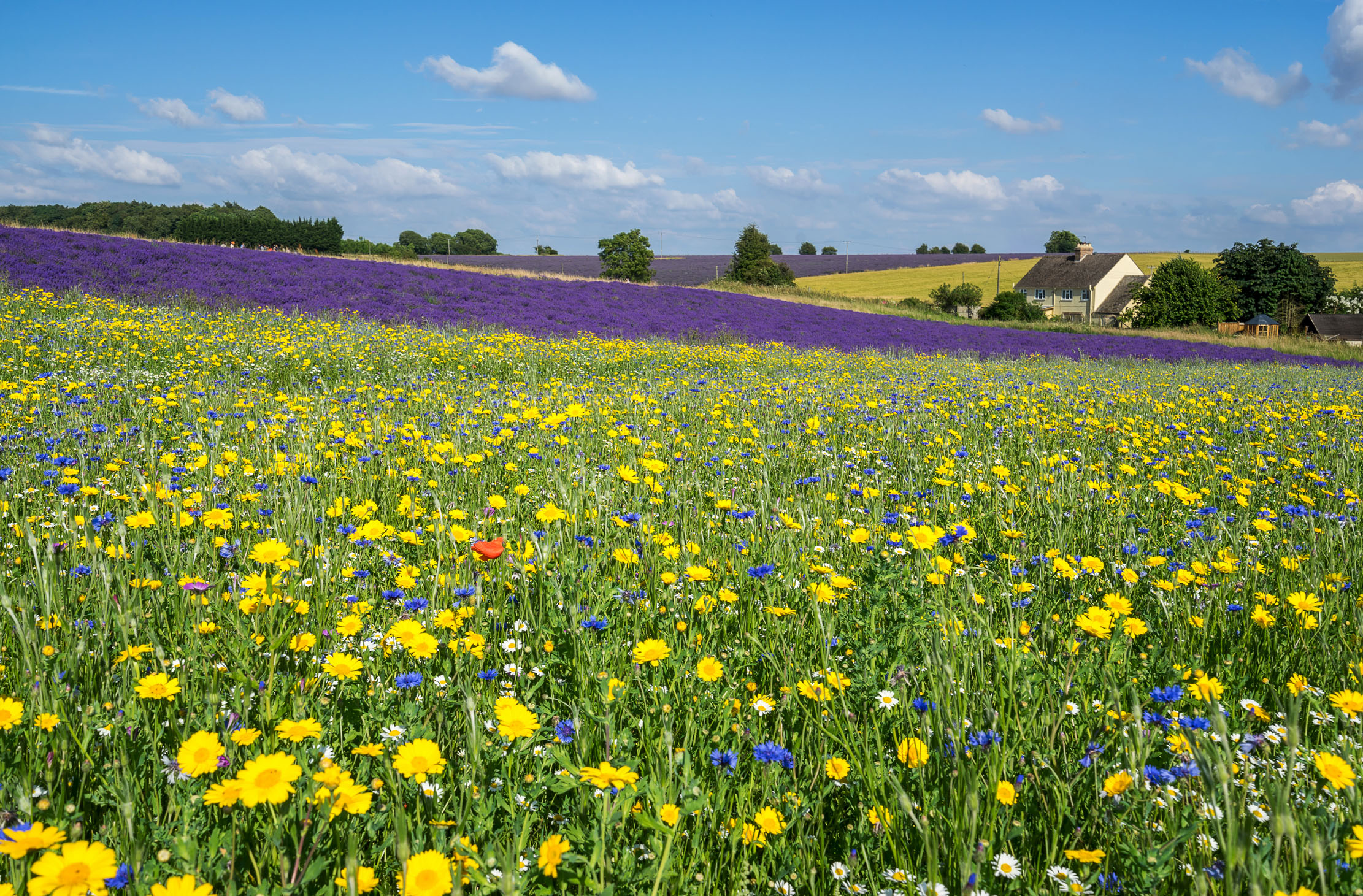

Bird’s-foot trefoil, cowslip, rock-rose, scabious and orchid; plantain, goat’s beard, meadow vetchling, dropwort, yellow rattle, lady’s bedstraw and selfheal — the sheep-strewn meadow banks of the Cotswolds are the canvas soon to be painted with the palette of these native wildflowers, which will appear this summer thanks to a new Cotswolds Area of Outstanding Natural Beauty (AONB) project, aptly named Glorious Cotswold Grasslands.
The initiative debuted last year, funded by a £200,000 grant from the Esmée Fair-burn Foundation, and aims to repopulate the area with these precious wildflowers in collaboration with local estates. Gloucestershire’s Dyrham Park and Sherborne Park, both owned by the National Trust, embarked on the project with enthusiasm last summer, together with the Northwick and Calmsden estates. The Bathurst estate in Cirencester also enlisted and began re-seeding its historic park rides, paying special attention to the edges where erosion has occurred.
"Modern farming practices and the destruction of the countryside has led to a massive 97% decline in wildflower meadows since the 1930s"
Others joining this summer, for first outcomes in 2021, include Farmcote, where a large plant- and tree-replanting plan is already underway. Stowell Park and Salperton estate, homes to the limestone escarpment banks so loved by Britain’s wildflowers, are looking into the project for possible entry in August.
It’s hoped that their example will be followed not only within the Cotswolds, but throughout the country. The wildflower meadow originally sown in 1982 at The Prince of Wales’s nearby Highgrove estate has gained much acclaim and is increasingly popular with visitors.
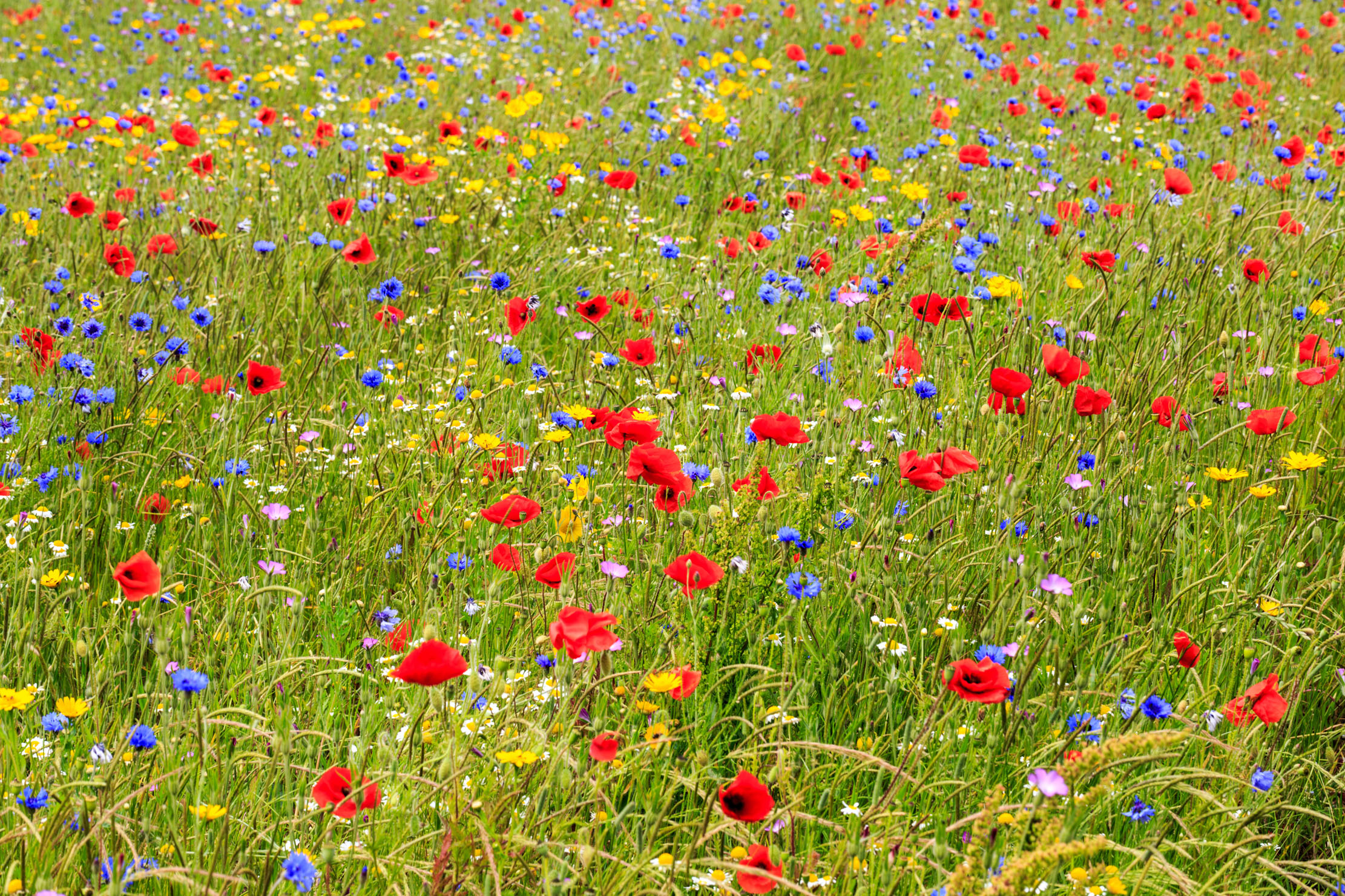
We all know that our wildflower population has been devastated. Modern farming practices and the destruction of the countryside has led to a massive 97% decline in wildflower meadows since the 1930s, with places such as the Cotswolds particularly affected.
The reduction of grazing and the switch away from late hay cuts in July and August, when flowers are seeding, to the earlier harvesting of silage cuts in April are two changes to land management that have seen wildflowers lose out.
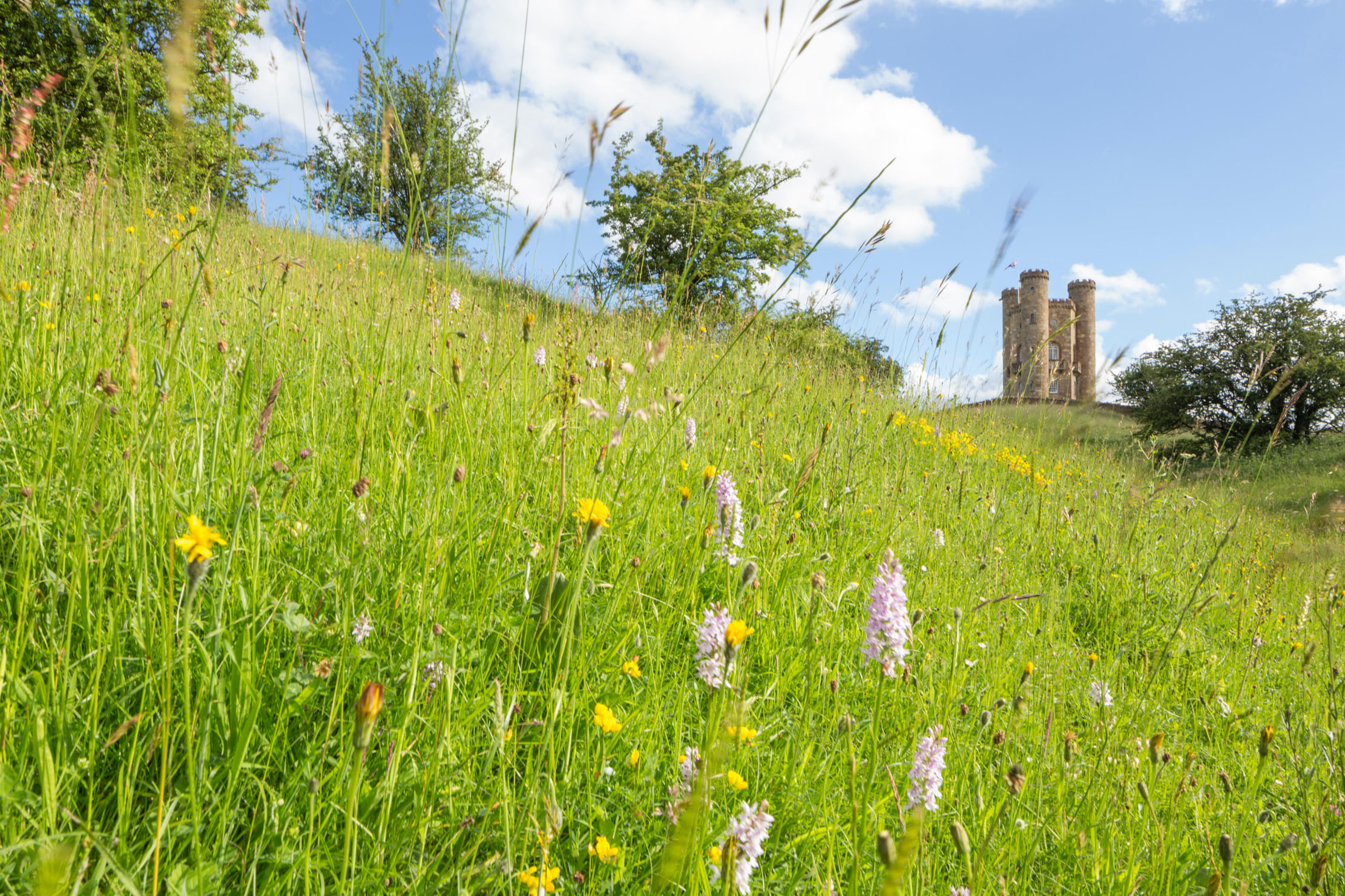
Harvey Sherwood, coordinator of the ambitious Cotswolds AONB scheme, is cautiously determined that, with the help of initiatives such as this one, there is a chance the decline will halt.
Sign up for the Country Life Newsletter
Exquisite houses, the beauty of Nature, and how to get the most from your life, straight to your inbox.
‘It’s a slow-burn situation,’ he reflects. ‘We aren’t in a position where we can predict the exact amount of wildflower uptake following the meadow re-seeding, but it could be as much as 70 acres in the first year, increasing further after that. Most importantly, our initial aim is to safeguard as many existing meadows as possible.’
"Plants like sunlight and open areas of ground. If meadows are left untouched, in as little as two to three years many wildflower species will have been lost"
Trevor Dines, botanical specialist at Plantlife, is also tentative about the future: ‘Some of the latest research suggests that the amount of land left in the UK suitable for wildflowers is actually much less than originally estimated. This significantly highlights the fragility of what we have left and, therefore, the immense value of every scheme that aims to tackle this.’
Apart from the Knepp estate in West Sussex, rewilding is largely not the answer for wildflowers, Prof Dines continues. ‘The majority of schemes don’t put in enough physical disturbance. Plants like sunlight and open areas of ground. If meadows are left untouched, in as little as two to three years many wildflower species will have been lost.’
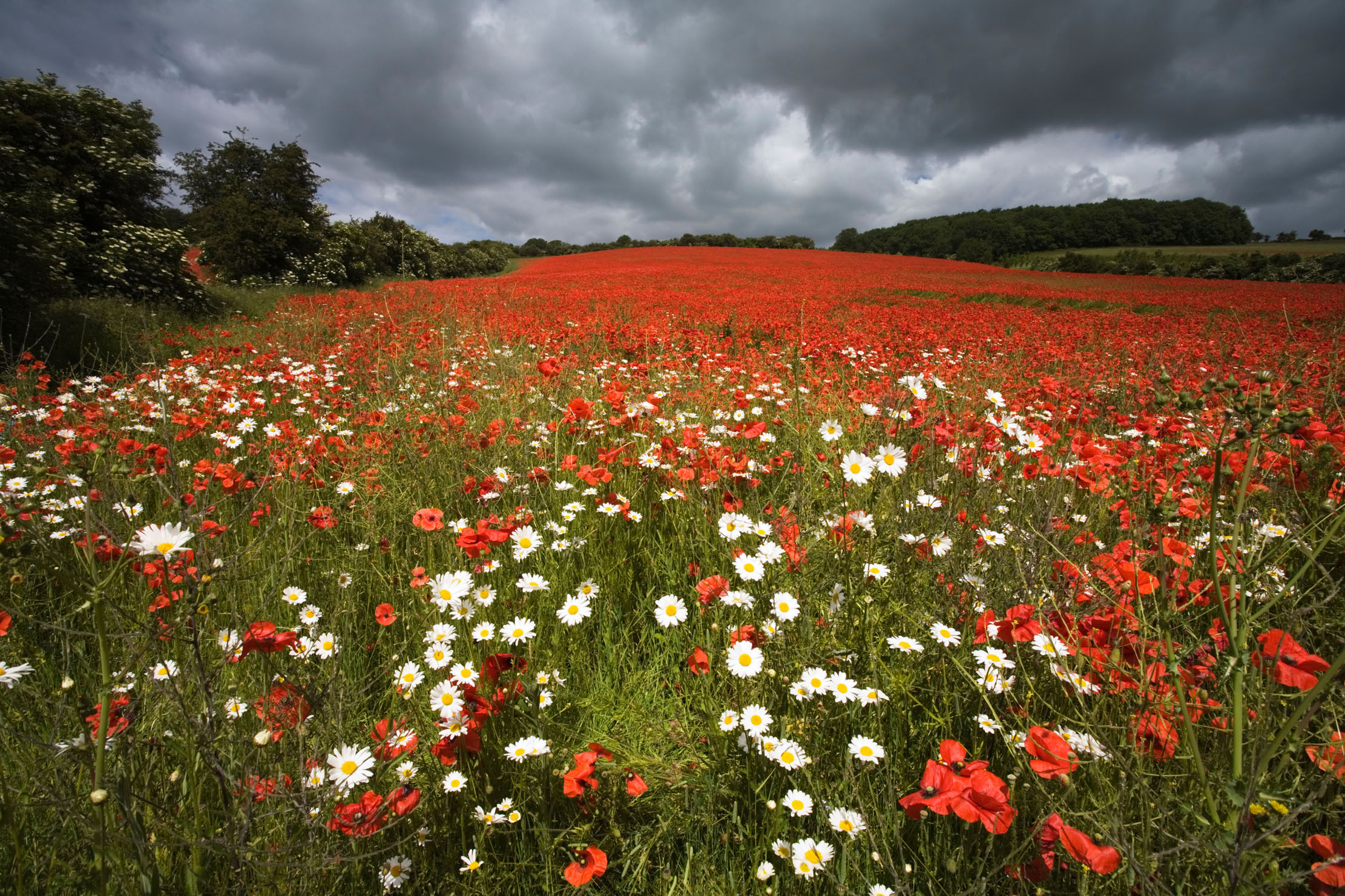
The most successful way of regenerating wildflower meadows, explains Mr Sherwood, is to re-seed them by hand using what he refers to as the ‘brush method’, employing seeds collected from a nearby donor site. The Glorious Cotswold Grasslands project has its own small farm vehicle and brush harvester, which collects seeds in summer by sweeping them up from the plants after flowering and is wieldy enough to manage the Cotswolds banks.
The seeds are then laid out on tarpaulin sheets to dry in the sunshine and spread on the new site as soon as possible. Not only does this method achieve the best results, it also ensures the survival of insects that thrive in meadow plantlife — bees, grasshoppers and great green bush-crickets — preserving both habitat and ecosystem.
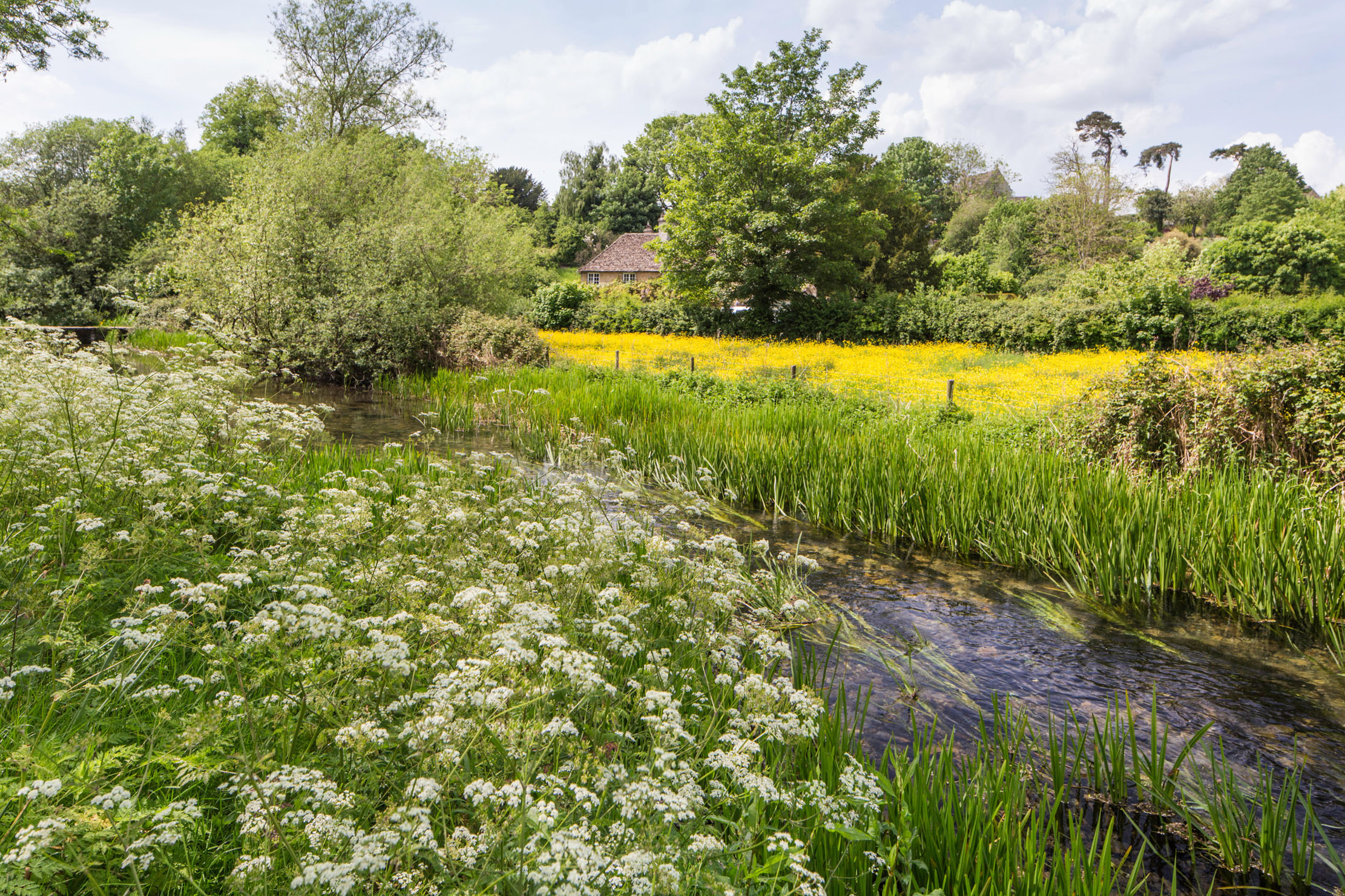
The current Cotswolds initiative to redress Britain’s wildflower decline is by no means the first to have emerged in the past 10 years. The Coronation Meadows Restoration Project, launched by The Prince of Wales in 2013, set out to create new wildflower meadows — at least one in every county — to celebrate the 60th anniversary of the Coronation.
This was followed by Save Our Magnificent Meadows, a three-year countrywide project, begun in 2014 and funded by the Heritage Lottery Fund, to improve some 15,000 acres of meadows and grasslands across the UK, the results of which are still being collated.
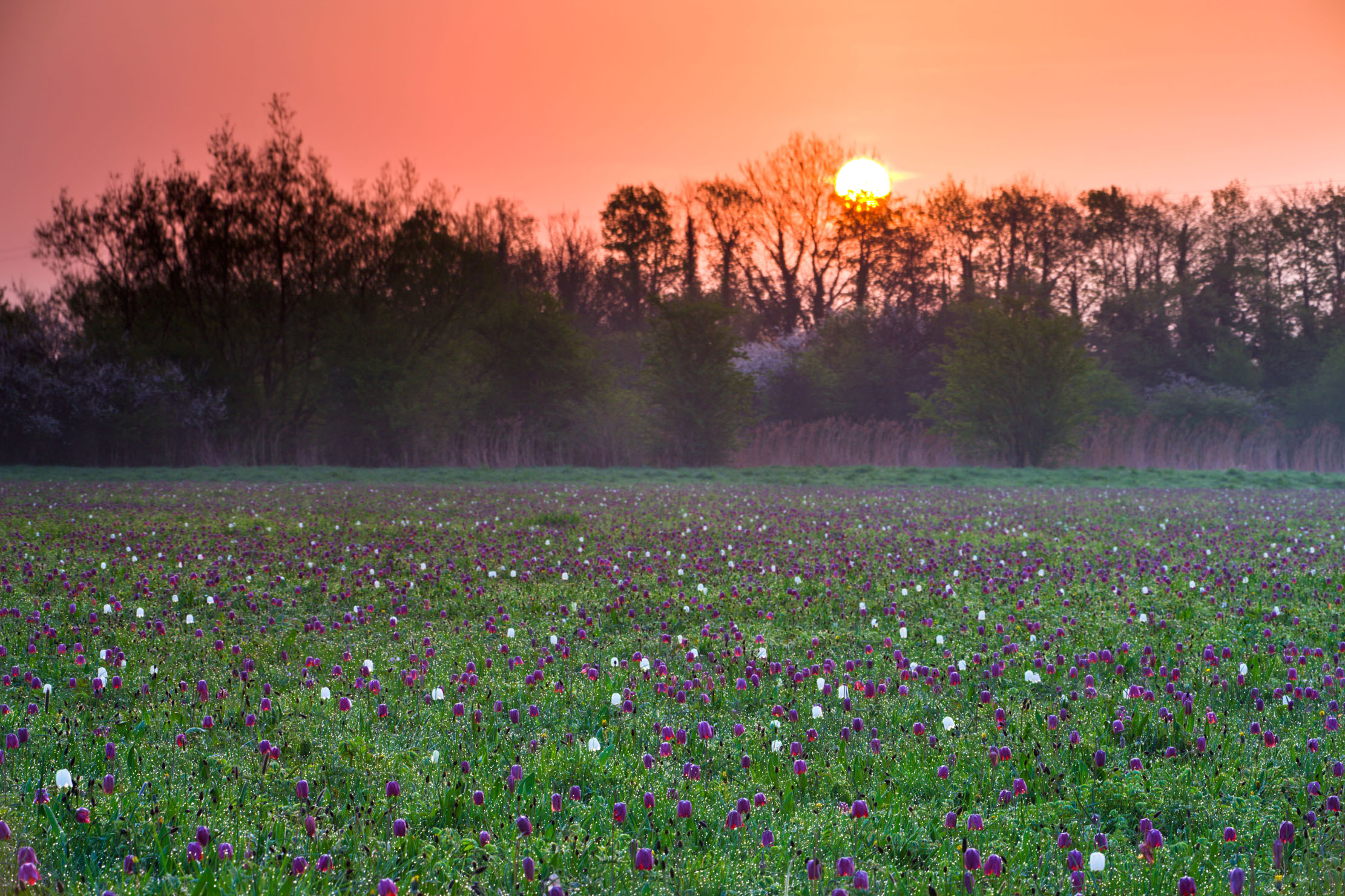
On a smaller scale, last summer, the Norfolk Wildlife Trust and Norfolk Farming and Wildlife Advisory Group took hay from flower-rich roadside verges and spread it on sites across the south of the county, to encourage the germination of rare flowers. There have been similar schemes in Yorkshire and Oxfordshire.
As well as the obvious benefits of protecting our habitats, plant- and wildlife, the restoration of wildflower meadows could lead to other less obvious, but no less significant results, concludes Mr Sherwood: ‘If we can eventually put some of our currently intensive arable land back to grassland, using wildflowers and other native plants, we could also start to hold back flooding.’
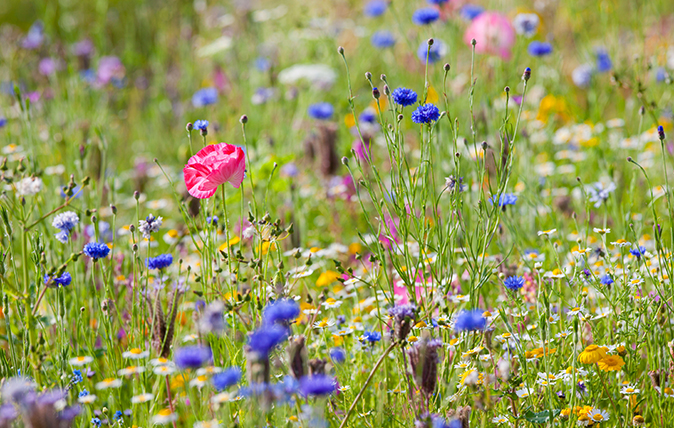
A simple guide to the wildflowers of Britain
At long last Spring seems to be here — and with it, the natural flora that give so much pleasure.
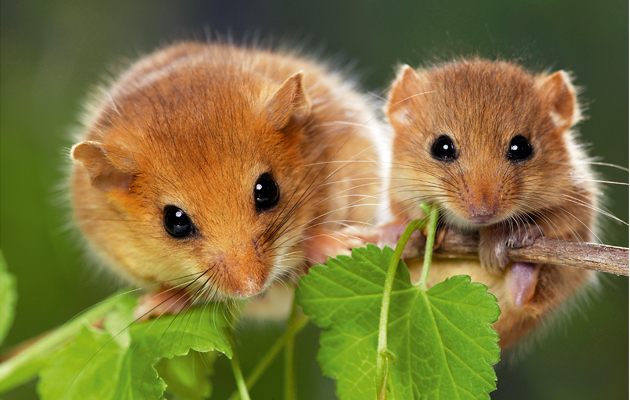
Credit: Alamy
11 fascinating facts about the hazel dormouse
With this shy litle creature being reintroduced into woodland areas in an attempt to halt its extinction, we reveal 11
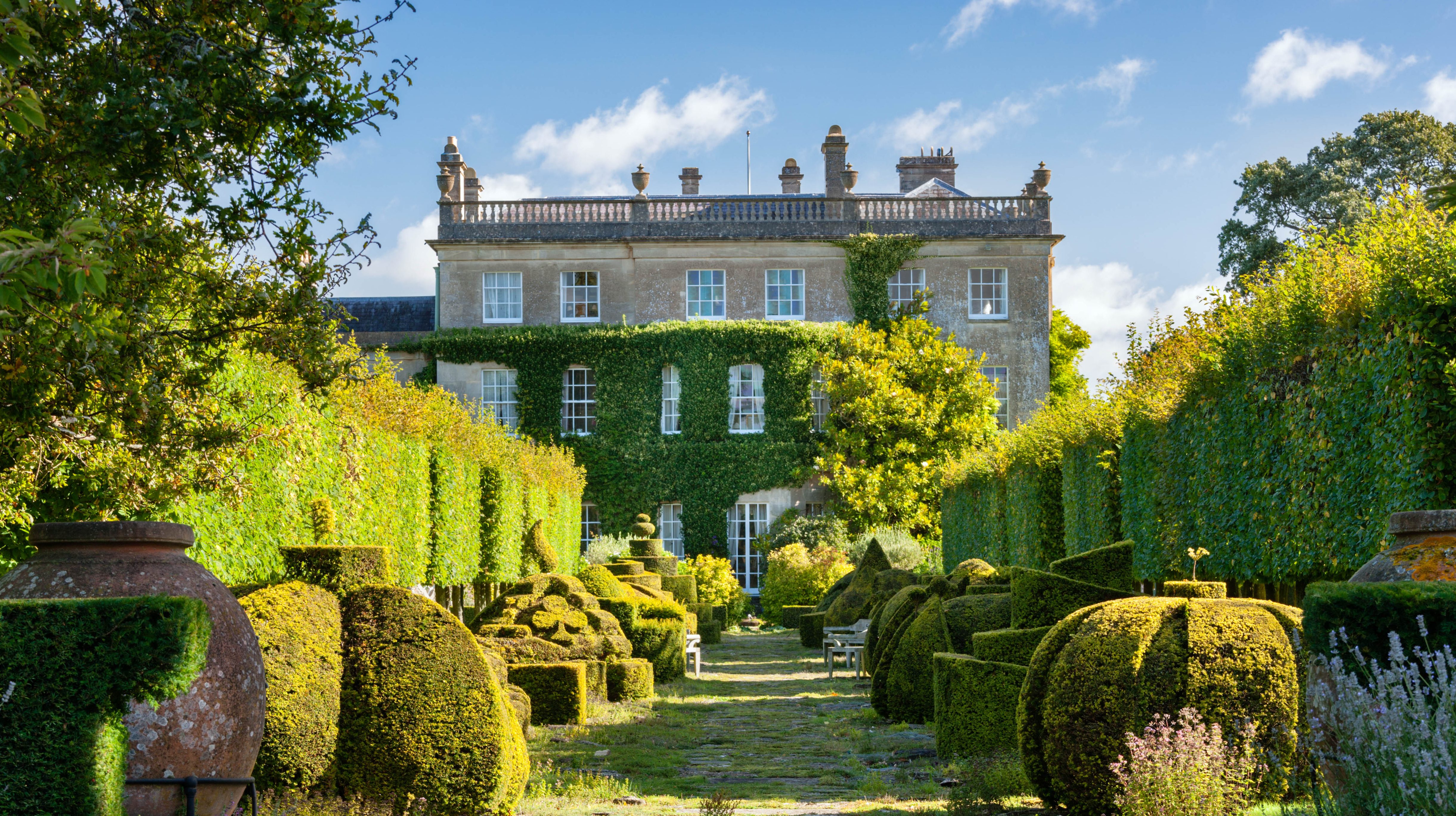
The Prince of Wales's garden at Highgrove: Flowers galore, a wildflower meadow and a treehouse once used by Prince William and Prince Harry
HRH The Prince of Wales's famed garden is open to the public now until October. Country Life's gardens editor Tiffany
Country Life is unlike any other magazine: the only glossy weekly on the newsstand and the only magazine that has been guest-edited by HRH The King not once, but twice. It is a celebration of modern rural life and all its diverse joys and pleasures — that was first published in Queen Victoria's Diamond Jubilee year. Our eclectic mixture of witty and informative content — from the most up-to-date property news and commentary and a coveted glimpse inside some of the UK's best houses and gardens, to gardening, the arts and interior design, written by experts in their field — still cannot be found in print or online, anywhere else.
-
 Folio, Folio, wherefore art thou Folio? Shakespeare set to be auctioned by Sotheby's
Folio, Folio, wherefore art thou Folio? Shakespeare set to be auctioned by Sotheby'sFour Folios will be auctioned in London on May 23, with an estimate of £3.5–£4.5 million for 'the most significant publication in the history of English literature'.
By Lotte Brundle
-
 Damon Hill's former home in Marbella is the perfect place to slow down
Damon Hill's former home in Marbella is the perfect place to slow downThe glorious Andalusian-style villa is found within the Lomas de Marbella Club and just a short walk from the beach.
By James Fisher